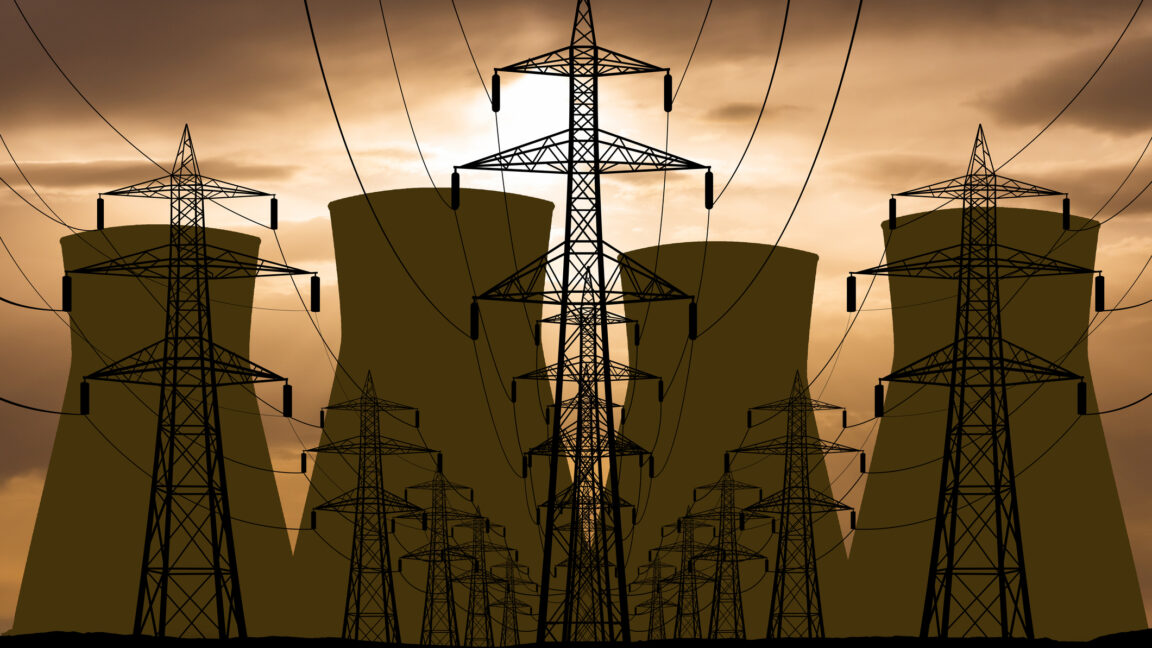OpenAI and Nvidia’s $100 B AI Plan Demands Power Equivalent to Ten Nuclear Reactors

Key Points
- OpenAI and Nvidia commit $100 billion to build massive AI data‑center capacity.
- Investment structure described as circular, with funds flowing between the two companies.
- One gigawatt of power costs $50‑$60 billion; a 10‑gigawatt rollout could exceed $500 billion.
- Tech giants like Microsoft and Amazon Web Services are securing nuclear power for similar projects.
- Cheyenne, Wyoming plans a 10‑gigawatt AI data center, dwarfing state residential consumption.
- Altman reportedly seeks multiple 5‑gigawatt data centers, potentially matching or surpassing New York’s power use.
- IAE projects data‑center electricity demand could reach 945 TWh by 2030.
- Grid capacity and environmental concerns are emerging as critical challenges.
OpenAI and Nvidia have announced a $100 billion partnership to build massive AI data‑center capacity, a venture that could require power on the scale of ten nuclear reactors. The deal’s circular financing, described by Requisite Capital’s Bryn Talkington, underscores a mutually beneficial relationship. Building one gigawatt of capacity is projected to cost $50‑$60 billion, with a 10‑gigawatt rollout potentially exceeding $500 billion. While the companies have not detailed power sources, similar AI projects are prompting tech giants to secure nuclear energy contracts, and the broader industry faces significant grid and environmental challenges.
Investment Structure and Market Reaction
Bryn Talkington, managing partner at Requisite Capital Management, highlighted the circular nature of the $100 billion investment, stating, "Nvidia invests $100 billion in OpenAI, which then OpenAI turns back and gives it back to Nvidia," and adding, "I feel like this is going to be very virtuous for Jensen." The comment underscores the strategic synergy between the two firms as they embark on an unprecedented AI infrastructure build‑out.
Cost, Scale, and Financial Outlook
During an earnings call, Nvidia CEO Jensen Huang explained that constructing one gigawatt of data‑center capacity costs between $50 billion and $60 billion, with roughly $35 billion allocated to Nvidia chips and systems. At that rate, a 10‑gigawatt project could require total investment exceeding $500 billion. Huang noted that the $100 billion infusion sits on top of Nvidia’s existing commitments and was not reflected in the company’s recent financial forecasts.
Energy Partnerships and Nuclear Tie‑Ins
Although OpenAI and Nvidia have not specified their power sources, the massive energy demand has spurred other technology leaders to pursue nuclear options. Microsoft signed a 20‑year agreement to restart the Three Mile Island reactor, delivering 835 megawatts. Amazon Web Services acquired a data‑center site adjacent to Pennsylvania’s Susquehanna nuclear plant, planning to draw up to 960 megawatts.
Regional AI Data‑Center Initiatives
In Cheyenne, Wyoming, officials announced plans for an AI data‑center that could eventually scale to 10 gigawatts, a capacity that would consume more electricity than all Wyoming homes combined in its earliest 1.8‑gigawatt phase. Constellation Energy CEO Joe Dominguez disclosed that Altman has expressed interest in building five to seven data‑centers of 5 gigawatts each. Alex de Vries of Digiconomist warned that seven 5‑gigawatt units would double the power consumption of New York State.
Global Energy Impact and Grid Constraints
The International Energy Agency estimates that data centers already accounted for roughly 1.5 percent of global electricity use in 2024. Continued AI expansion could push global data‑center electricity demand to 945 terawatt‑hours by 2030. Existing power‑grid connections represent bottlenecks in many regions, with utilities struggling to keep pace with rapid AI‑driven demand.
Future Outlook
Both companies expect to finalize the details of the partnership in the coming weeks. The scale of the investment, combined with the unprecedented power requirements, positions the OpenAI‑Nvidia alliance as a defining moment for AI infrastructure, while also highlighting the urgent need for sustainable, high‑capacity energy solutions.